Historically Speaking — Sun Empire, Snakes, Dinosaurs and Birds!
Hello again! We're going to be talking about the Sun Empire and its use of 'feathered serpent imagery', its roots in Mesoamerican culture, iconography and thought, and how that influenced the art-style of Ixalan in regards to the Sun Empire's aesthetic. Also, dinosaurs!
Lets get off to a ROARING start!
Jurassic Petting Zoo
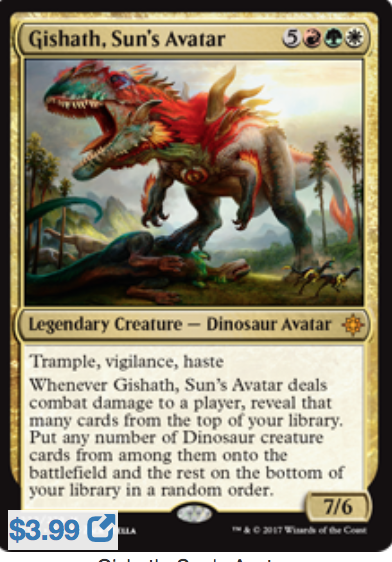
And he's all out of bubblegum...
Dinosaurs are awesome—on this there is no disagreement, save from herpephobes. Anyone who has ever been a five-year-old can admit to having some degree of affection for the titanic creatures that dominated our world for millions of years. True, part of this may have been that nobody would DARE ask a triceratops to pick up her toys, or admonished an allosaurus to stop chasing the now traumatized family pet about the house, heedless of collateral damage. Dinosaurs, to pound my point flatter than a tent peg, appeal to something wonderful and atavistic in us on multiple levels. They represent to many of us, the primal, reptilian OTHERNESS of nature—at once so familiar and so alien.
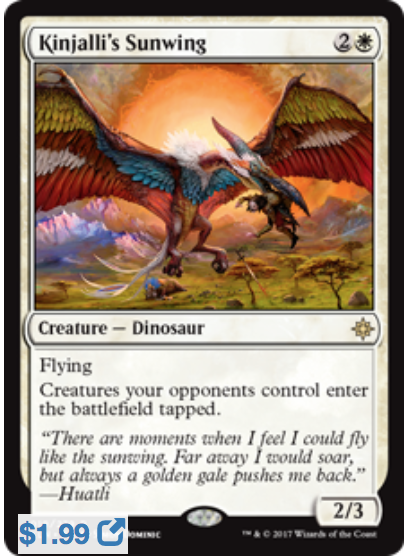
Maybe they went overboard in some places, feather-wise.
And dinosaurs had feathers. This is beyond doubt, at this point.
This ties in nicely with the Mesoamerican theme of Ixalan. "But Charlie!" I hear you say, from way back there in the peanut gallery. "Didn't Wizards already do feathered reptiles this on Naya, back in the Alara block with the coatl?"
"Yes, but this time the feathered reptiles are the centerpiece of the plane rather than an aside," I would reply to my unusually courteous and attentive peanut gallery. Indeed, from the Mayan deity Heart of Sky to some (but not the majority) of Mexica depictions of Quetzalcoatl (Precious-Flower-Serpent), feathers are a major cultural motif in Mesoamerica.
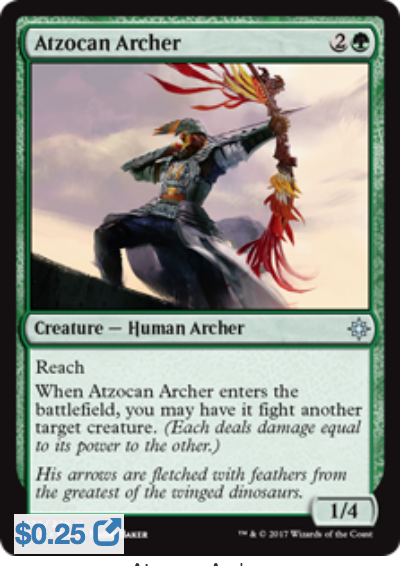
Feathers EVERYWHERE! Even on bows!
Union of the Snake
But back to the coatl: Coatl (depicted as feathered serpents rather than the vanilla, scaled variety) exist on Ixalan, as they do in Alara, but they do not play a prominent role in the story. Coatl aren't totally absent from Ixalan, as demonstrated here and here:
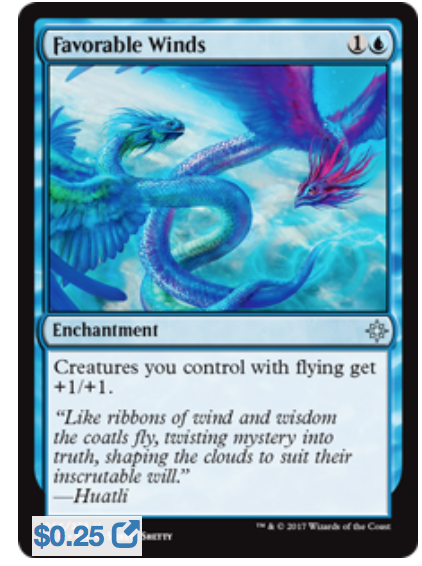
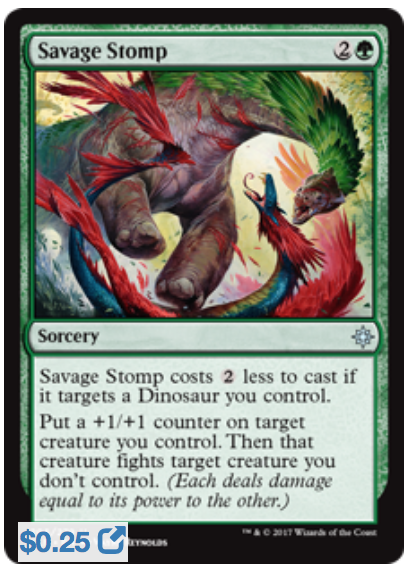
To further explain, coatl is Nahuatl for 'snake'. Snakes held a place of high esteem in Mesoamerican cultures-being seen as symbols of rebirth, wisdom and immortality thanks to their habit of shedding their skins. The snake as a motif shows up in their metaphor for lightning, water, the changing seasons, and of rebirth. Tlaloc, a major rain god, wields a lightning-snake with which he can lay waste, and the solar/war deity Huitzilopochtli wields the Xiucoatl--literally translated, the 'fire-snake'. And that's his WEAPON, not a pet. Ok, maybe both.
Mjnolnir's feeling pretty quaint at this point. Anyway, I digress.
The 'feathered serpent' aesthetic-based on combinations of the resplendent quetzal which features a pair of serpentine tail feathers-was exceptionally popular in Mesoamerica, being found in both Maya, Mixtec and Mexica cultures. Quetzal feathers were taken from living birds, and it was a capital crime to harm a quetzal. It's even Guatemala's national bird and a unit of currency. So perhaps combining these two sacred creatures is only natural in the language of mythology, culture and folklore-hence the feathered serpents spread out across multiple civilizations in Mesoamerica.
This particular Mesoamerican aesthetic-feathered reptiles-carries over to the dinosaurs of Ixalan. The prey animals are sinuous, and presented much like serpents as seen below:
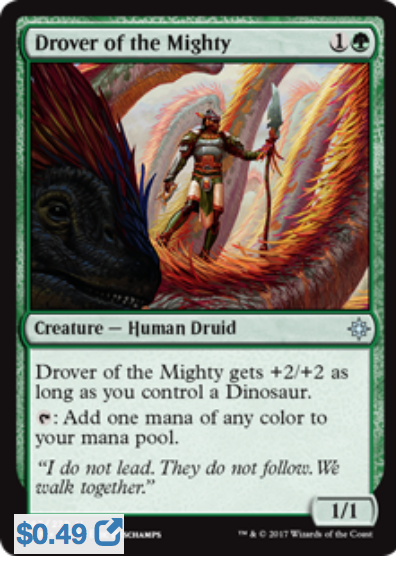
Note the forced perspective of the neck here.
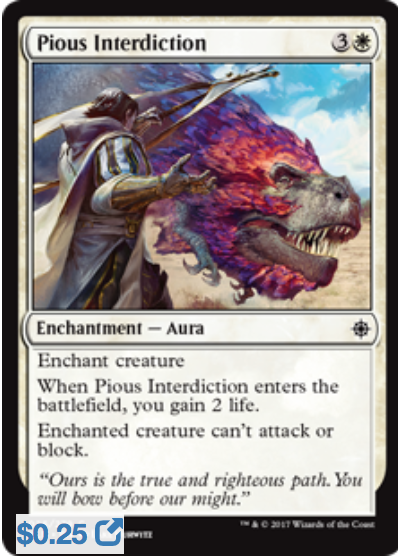
And here, where the head and neck are focused in on again, although with a predator rather than prey.
Even with the serpentine imagery-it's clear that the prey animals are portrayed as forces of nature-much like Naya's behemoths. Now, onto the carnivores.
Everybody Do the Dinosaur
The protruding and gaping jaw features heavily in Mesoamerican art in regards to serpents and earth monsters. Part of this has to do with their multi-leveled and protean cosmology, but for the Mexica of Tenochtitlan and other culturally similar groups, the creation of the current world was made possible through an act of deicide, the killing of an earth monster and dividing her in half to make the current earth and sky. But that wasn't all-Tlahtecuhtli's body formed the earth, yes-her teeth and nose became mountains and flint, her tears the rivers and lakes. Her flesh became the earth, that nourished corn, and her thousand mouths became caves and gulleys, crying out for sacrificial blood-hence why serpentine or crocodilian heads are often shown 'swallowing' up the dead-taking them to the underworld or show crops or offerings emerging from the mouth of a snake-like beast.
See the video below for a fuller account of this, restored and animated in the Mexica/Mixtec fashion.
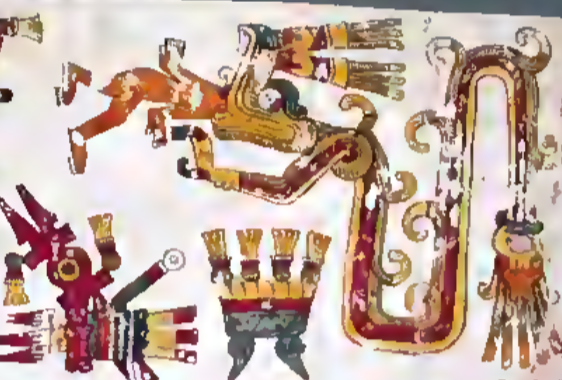
From the Borgia Codex
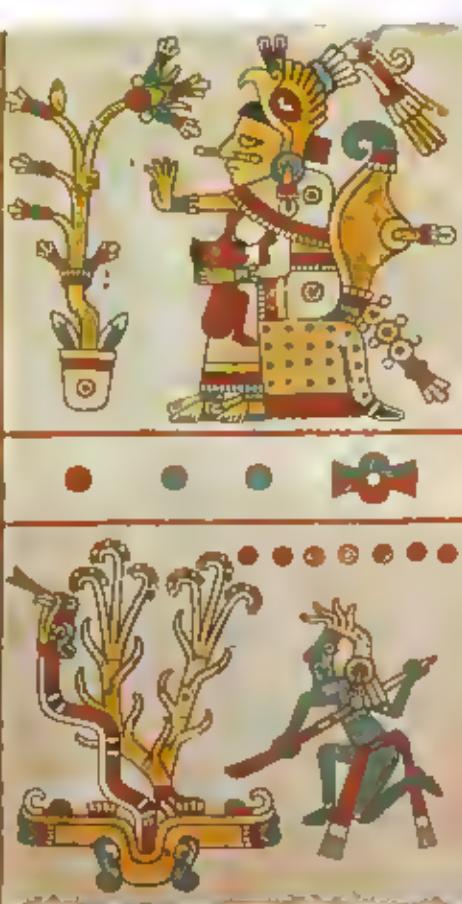
From the Codex Laud. Note the corn emerging from the serpent's mouth.
Now look at the Ixalani dinosaurs, the predatory ones. Most of them, as you can see, are presented with either serpentine or avian traits, and/or an open jaw--reminiscent of Mixtec and Mexica depictions of snakes and the earth monster, Tlahtecuhtli/Tlazotecuhtli/Cipactli, who we just got acquainted with above.
I'm sure that part of this is subconscious on behalf of the illustrators--who wouldn't want to emphasize a predator's killing tools? As mentioned, that primal fascination with long-dead predators goes deep into our cultural and literal DNA, so this might be a nice bit of convergent artistic choice--a happy coincidence. But I'd rather give WOTC the benefit of the doubt. Look below, at the similarities in this excerpt from the Codex Laud and the reprint of [[Prey Upon]]
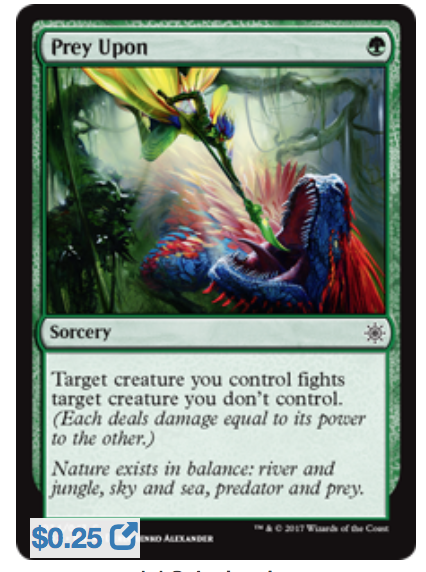
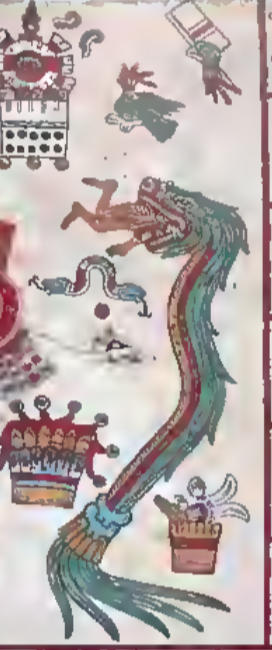
Now look at the Ixalani dinosaurs, the predatory ones. Most of them, as you can see, are presented with either serpentine or avian traits, and/or an open jaw-reminiscent of Mixtec and Mexica depictions of snakes and the earth monster, Tlahtecuhtli/Tlazotecuhtli/Cipactli, who we just got acquainted with above. To appreciate this, review the art on the following cards and excerpts from codices below. Note how the dinosaurs/serpents are presented-as forces of nature, yes, but also as part of the human world-adorning temples and blessing crops even as their maws gape open.
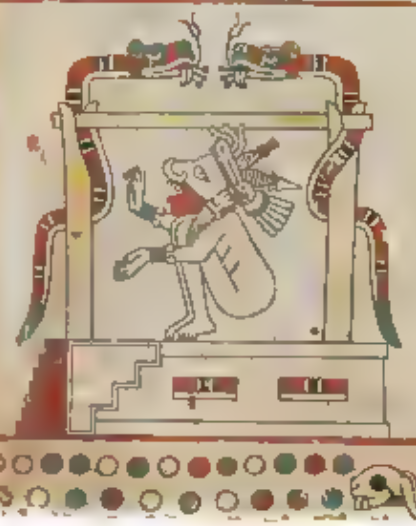
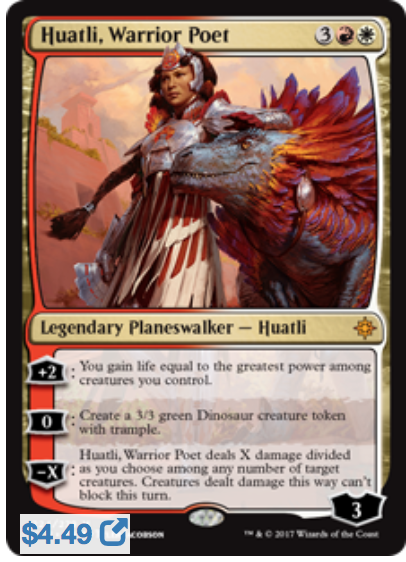

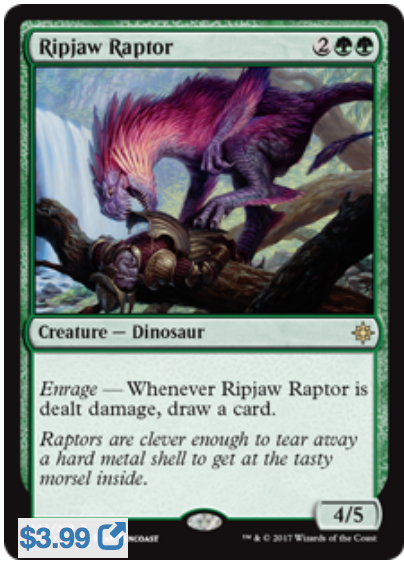
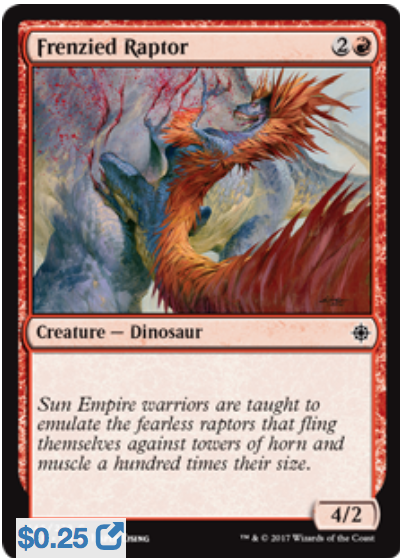
Note the perspective forcing a longer view of the feathered tail--more avian than reptilian.
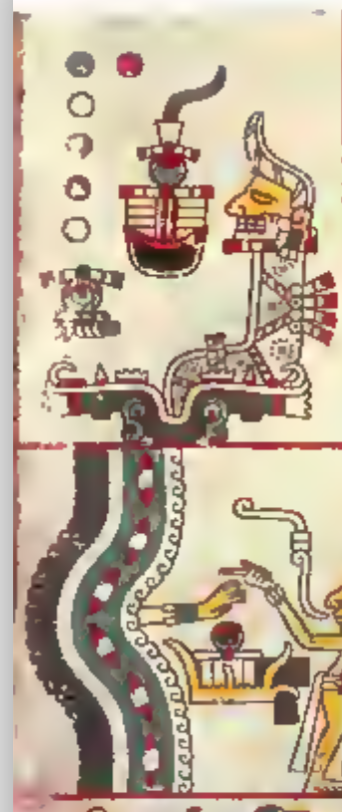
Here Comes That Meteor
That's about all I've got for now-my next article will talk about the dangers of empire, power, and how a good origin story foreshadowed can do wonders for immersion-both in the study of real-life cultures, and in MTG. Cheers, and don't lose touch with your inner dinosaur!
Images from the following codices were used in this article:
Codex Laud
Codex Borbonicus
Codex Borgia
Your opinions are welcome. We love hearing what you think about Magic! We ask that you are always respectful when commenting. Please keep in mind how your comments could be interpreted by others. Personal attacks on our writers or other commenters will not be tolerated. Your comments may be removed if your language could be interpreted as aggressive or disrespectful. You may also be banned from writing further comments.
